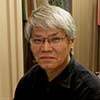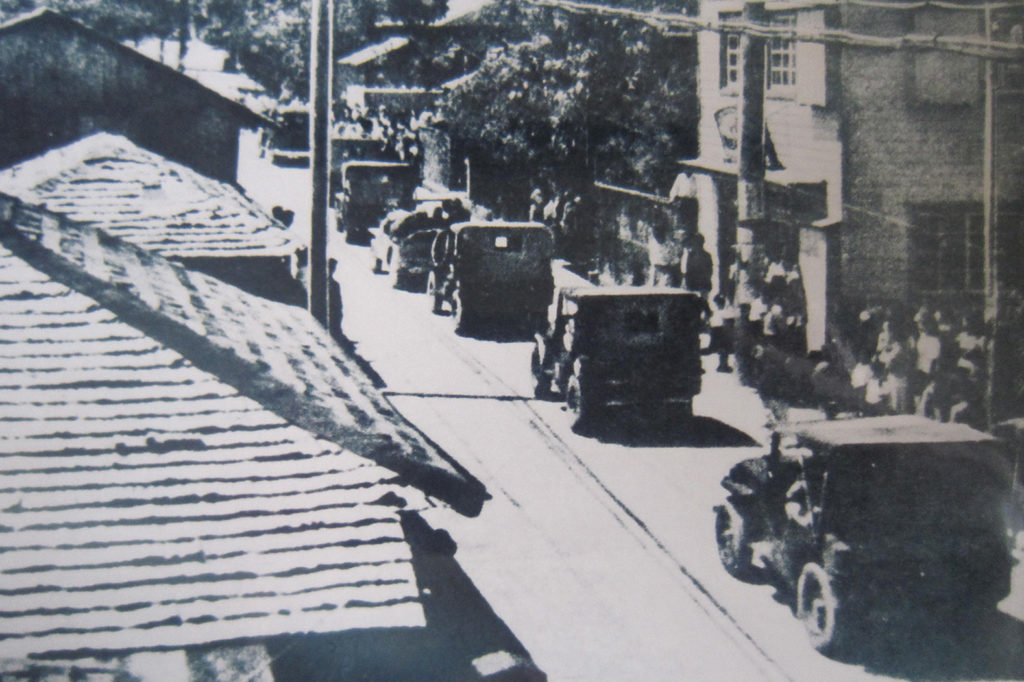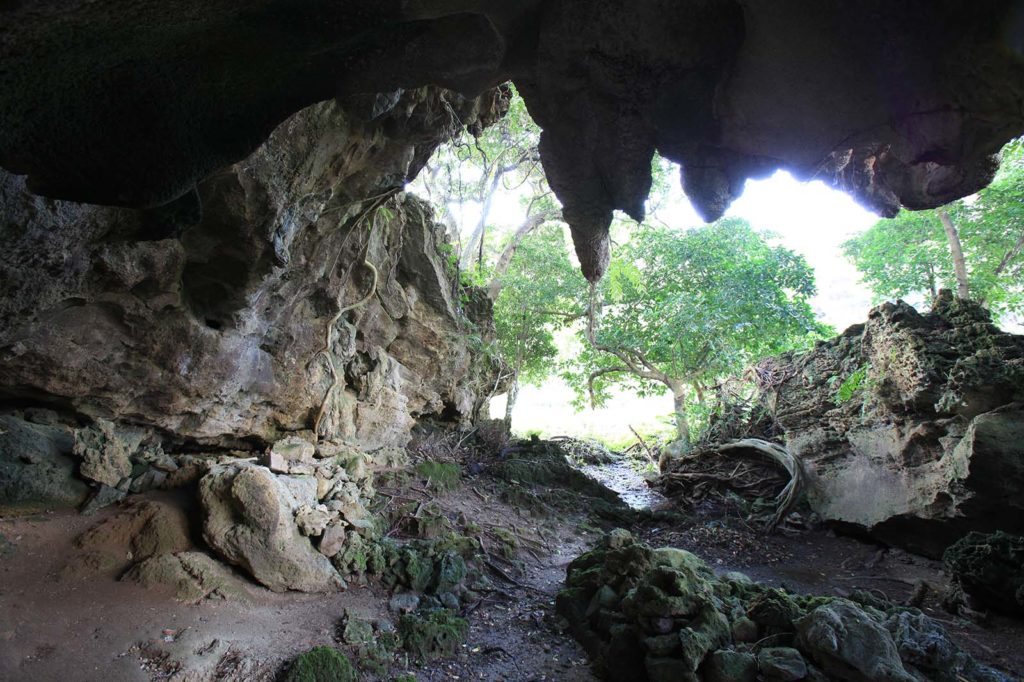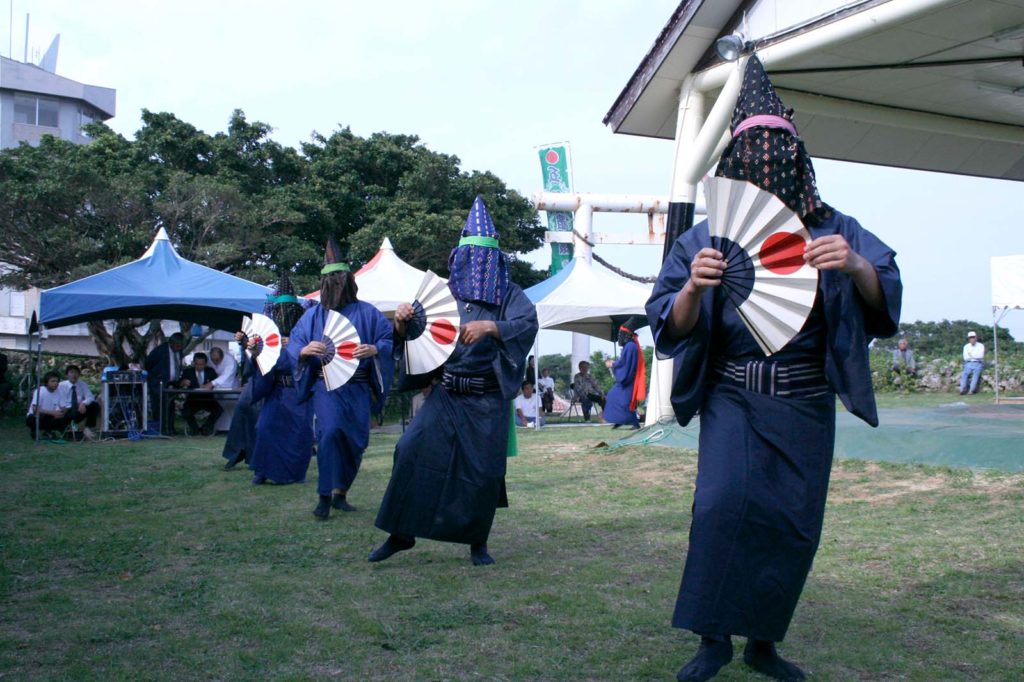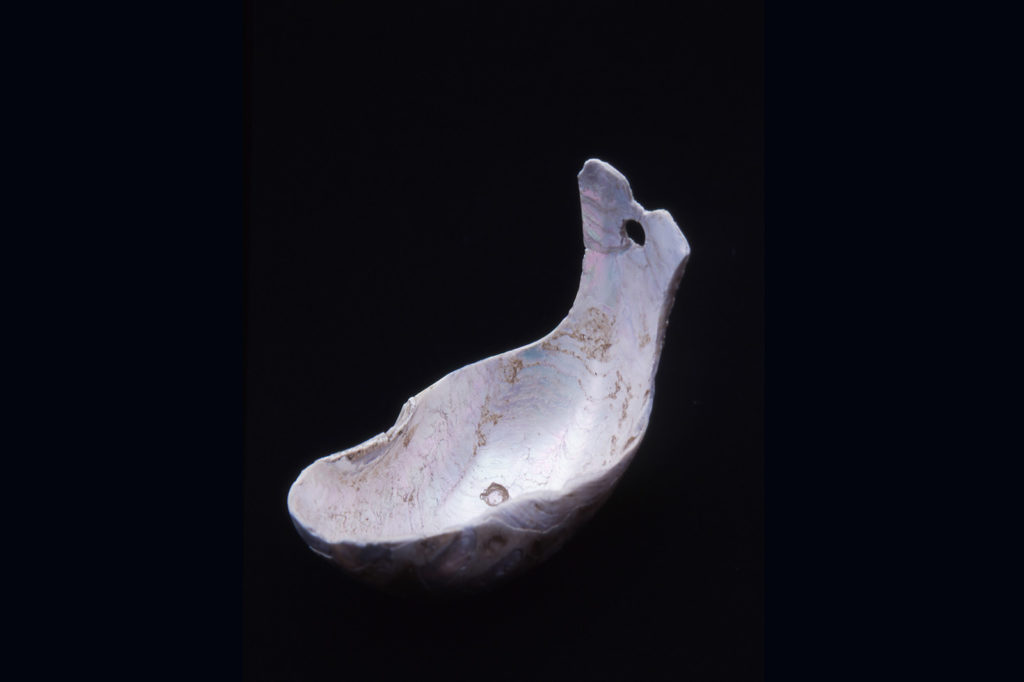
Culture and History
Historical Overview of the Amami Archipelago (Modern Times)
The Meiji Restoration that took place in 1868 heralded the end of control by the Satsuma feudal clan. However, the brown sugar monopoly continued for a little while. In 1869, brown sugar from Amami comprised about 35% of income from Kagoshima specialty goods, so even though the Meiji era had arrived, the Amami islands continued to plant sugar cane.

Brown sugar
The Satsuma feudal clan became Kagoshima Prefecture after prefectures were established in place of feudal domains in 1871 (Meiji 4). Free trade agreements were permitted the following year in 1872, but in 1873 an agreement was concluded between island government officials and the Oshima Trading Company, which had a monopoly of brown sugar sales. This secured the trading company’s monopoly sales system by 1874.
At this time, islanders and leaders like Nanri Maruta called for free trade and protests to dismantle Oshima Trading Company broke out. In 1878 (Meiji 11), Oshima Trading Company was dismantled, and the islands of Amami finally began to engage in the free trade of brown sugar the following year in 1879.
Next, movements began to demand that traders improve business practices.

Nanri Maruta gravesite (Amami City, Amami Oshima)
Amid such social unrest, the brown sugar sold at high prices as medicine was raking in massive profit for the Satsuma feudal clan. With the advent of the Meiji era, white sugar became the favorite of the general Japanese populace, and the popularity of brown sugar declined. Around the year 1882 (Meiji 15), the volume of foreign imported white sugar becomes nearly twice that of domestic sugar, and Japanese producers were encouraged to make white sugar.
Amami is famous for its brown sugar, but it was also producing white sugar. In 1865 (Keio 1), two men from England, Mr. MacIntyre and Mr. Waters, were hired to build white sugar plants at several locations including Kuji in Setouchi Town, Sedome in Tatsugo Town, Suko in Uken Village and at the foot of Mt. Rankan in Naze, Amami City. However, the construction projects were reportedly slow and beset by typhoon damage, lack of fuel and other problems.

Thomas J. Waters came to Amami as a builder and machinist
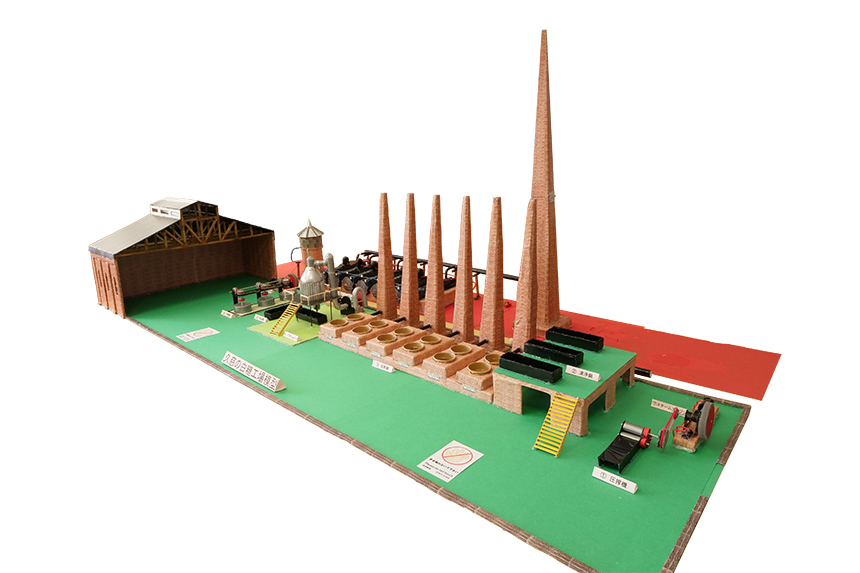
Model of the White Sugar Factory in Kuji, Setouchi Town, the longest-running (5 years), large-scale operation on the island.
(Constructed by: Kagoshima Prefectural Koniya High School)
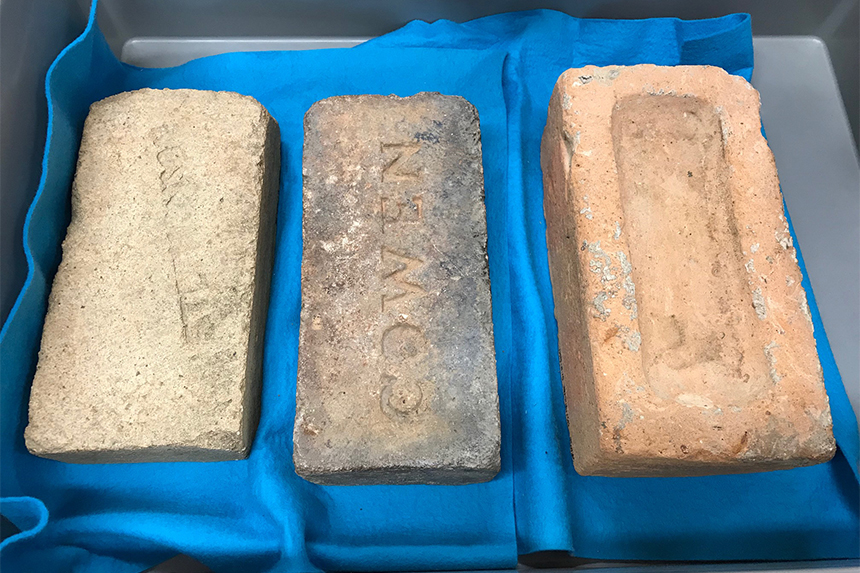
Heat-resistant brick used in the white sugar plant could be oldest brick in Japan
(Amami City Amami Museum)
Excerpted from HORIZON VOLS. 20 and 30
